Introduction
Curling your hair with a straightener can be a convenient and versatile styling technique. However, some individuals may encounter challenges when attempting to curl their hair using this method. If you’re finding it difficult to achieve the desired curls with a straightener, there are several common reasons that could be contributing to the issue. In this guide, we will explore various troubleshooting tips and provide specific solutions to help address the obstacles you may face when curling your hair with a straightener. By understanding these potential issues and implementing the recommended solutions, you can overcome the difficulties and achieve beautiful curls with your straightener.

Why can’t I curl my hair with a straightener?
Insufficient Heat
1.1. Adjusting the Temperature
Ensure that your straightener is set to an appropriate temperature for your hair type and desired curl style. If the heat is too low, it may not effectively curl your hair. Experiment with different heat settings to find the optimal temperature that allows the straightener to achieve the desired result without causing excessive damage.
1.2. Preheating the Straightener
Give your straightener enough time to preheat before using it. This allows the plates to reach the desired temperature and ensures consistent heat distribution throughout the styling process.
Improper Sectioning of Hair
2.1. Sectioning Your Hair
Divide your hair into smaller, more manageable sections before attempting to curl with a straightener. Working with large sections can make it challenging to properly wrap and maneuver the hair around the straightener, resulting in less defined curls. Smaller sections allow for better control and ensure that each strand gets adequate heat exposure for curling.
2.2. Securing Unstyled Hair
When curling one section, ensure that the rest of your hair is secured out of the way. This prevents it from interfering with the section you’re working on and reduces the likelihood of accidentally straightening already curled sections.
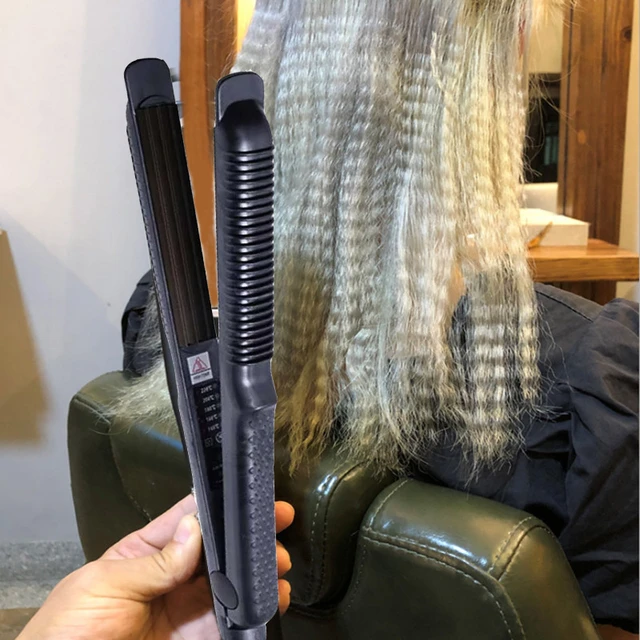
Incorrect Technique and Motion
3.1. Twisting and Gliding
When curling your hair with a straightener, it’s important to combine the correct twisting motion with a smooth gliding motion. After clamping the hair, twist the straightener away from your face or towards your face, depending on the desired curl direction. As you glide the straightener down the hair, maintain steady tension and a controlled speed. Experiment with different twisting angles and gliding speeds to achieve the best results.
3.2. Cooling and Setting the Curl
After releasing the curl from the straightener, allow it to cool completely before manipulating it. This helps to set the curl and ensures that it holds its shape for longer. Avoid brushing or combing through the curl immediately after releasing it, as this can cause it to lose its form.
Hair Texture and Type
4.1. Fine or Slippery Hair
Fine or slippery hair tends to have difficulty holding curls. To combat this, apply a volumizing mousse or a dry shampoo to the roots before curling. This adds texture and grip to the hair, making it easier for the straightener to create and maintain curls.
4.2. Coarse or Resistant Hair
If you have coarse or resistant hair that is difficult to curl, you may need to use higher heat settings on your straightener. Additionally, holding the straightener on each section for a few seconds longer can help ensure that the heat adequately penetrates and shapes the hair.
Damaged or Heat-Styled Hair
5.1. Heat Protection
If you find that your hair is not curling well with a straightener, it may be due to existing damage or excessive heat styling. Prioritize hair care by using a heat protectant spray or serum before styling. This creates a barrier between the heat and your hair, reducing the risk of further damage and improving the curling process.
5.2. Trimming Split Ends
Damaged hair, especially with split ends, may hinder the curling process. Regular trims help to eliminate split ends and keep the hair in better condition, allowing for more effective curling.
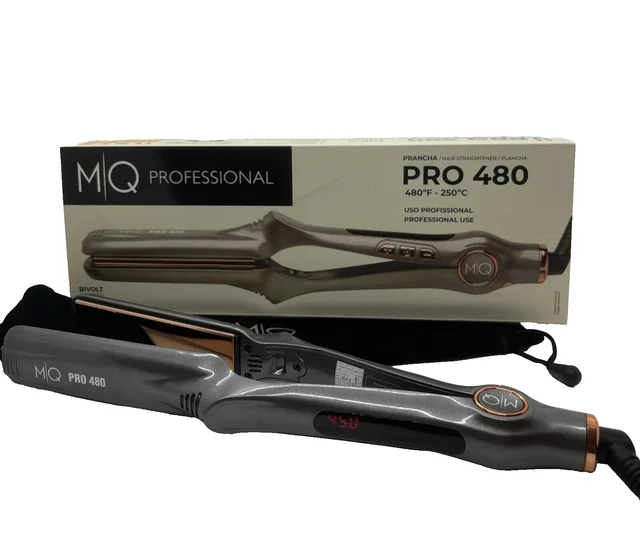
Insufficient Practice and Technique
6.1. Patience and Persistence
Curling hair with a straightener requires practice and patience. If you’re not achieving the desired results initially, don’t be discouraged. Take the time to practice different techniques, experiment with section sizes and heat settings, and gradually refine your curling skills.
6.2. Learning from Tutorials and Demonstrations
Watch tutorials or read guides from hairstyling experts to gain insight into proper curling techniques. Seeing the techniques demonstrated visually can provide useful tips and inspiration for improving your curling abilities.
Seeking Professional Guidance
7.1. Consultation with a Hairstylist
If you continue to struggle with curling your hair using a straightener, consider seeking advice from a hairstylist. A professional can assess your hair type, provide personalized recommendations, and even demonstrate techniques tailored to your specific needs. They may also suggest alternative methods or tools that better suit your hair type and desired styles.
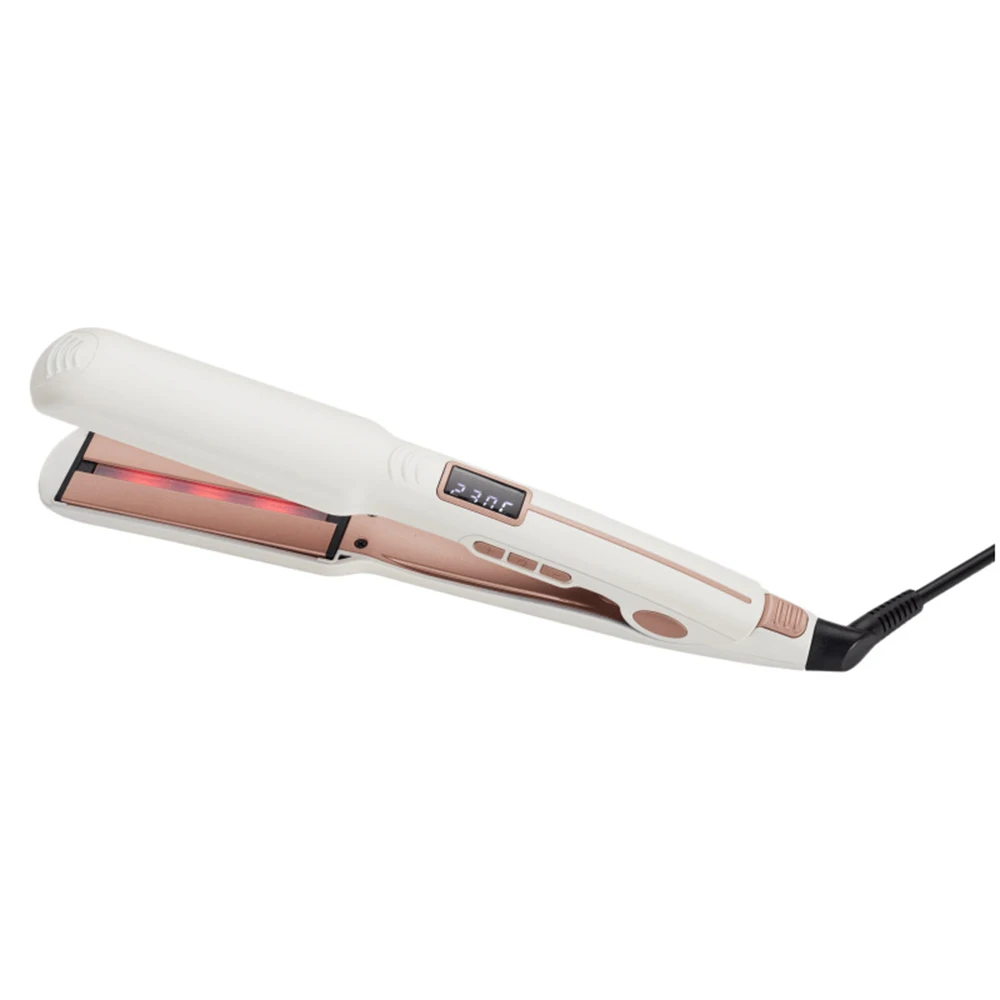
Consider Alternative Curling Methods
9.1. Curling Wand
If you’re still struggling to curl your hair with a straightener, you may want to consider using a curling wand instead. Curling wands are specifically designed for creating curls and often provide more control and flexibility in shaping your hair. Experiment with different barrel sizes to achieve various curl styles.
9.2. Hot Rollers
Hot rollers offer another alternative for curling your hair. These are heated rollers that are rolled into your hair and allowed to cool. They provide long-lasting curls with minimal effort, making them a great option for those who struggle with a straightener.
9.3. Flexi Rods or Foam Curlers
Flexi rods or foam curlers are soft, bendable rods that can be used to create curls without heat. Simply wrap sections of your hair around the rods, secure them in place, and leave them in overnight. In the morning, you’ll have beautiful, heatless curls.
Product Selection
10.1. Curl-Enhancing Products
Using curl-enhancing products, such as mousse or curl creams, can help create better-defined curls that hold their shape. Apply these products to damp hair before styling with a straightener or alternative curling method.
10.2. Texture-Boosting Sprays
Texture-boosting sprays, like sea salt sprays or texturizing sprays, can add volume and grip to your hair, making it easier to create curls. Apply these sprays before curling to enhance the texture and hold of the curls.
Hair Length and Layering
11.1. Hair Length
The length of your hair can affect the ease of curling with a straightener. Shorter hair tends to be more challenging to curl due to limited space for wrapping around the straightener. If you have short hair, consider using smaller barrel curling tools or alternative curling methods that are better suited to your hair length.
11.2. Layered Hair
Layered hair can also present challenges when curling with a straightener. Uneven lengths and varying angles can make it harder to achieve uniform curls. In such cases, alternative curling methods, like hot rollers or flexi rods, may be more effective in creating consistent curls throughout your hair.
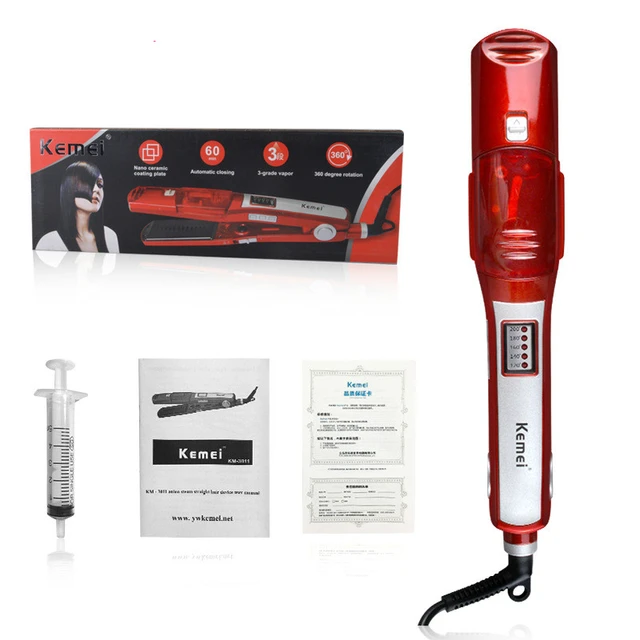
Conclusion
If you’re having difficulty curling your hair with a straightener, it’s essential to identify and address the specific issues you may be encountering. By troubleshooting potential problems such as insufficient heat, improper sectioning, incorrect technique, hair texture, and damage, you can overcome these obstacles and achieve beautiful curls with your straightener. Be patient and persistent, taking the time to practice and refine your technique. Remember to prioritize hair care, seek inspiration from tutorials, and consider seeking professional guidance if needed. With determination and the right approach, you’ll soon be able to master the art of curling your hair with a straightener and enjoy stunning results.
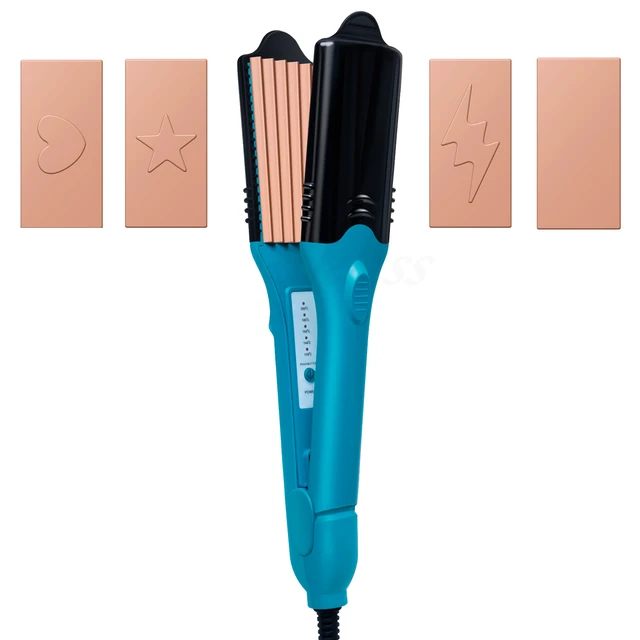
Leave a Reply